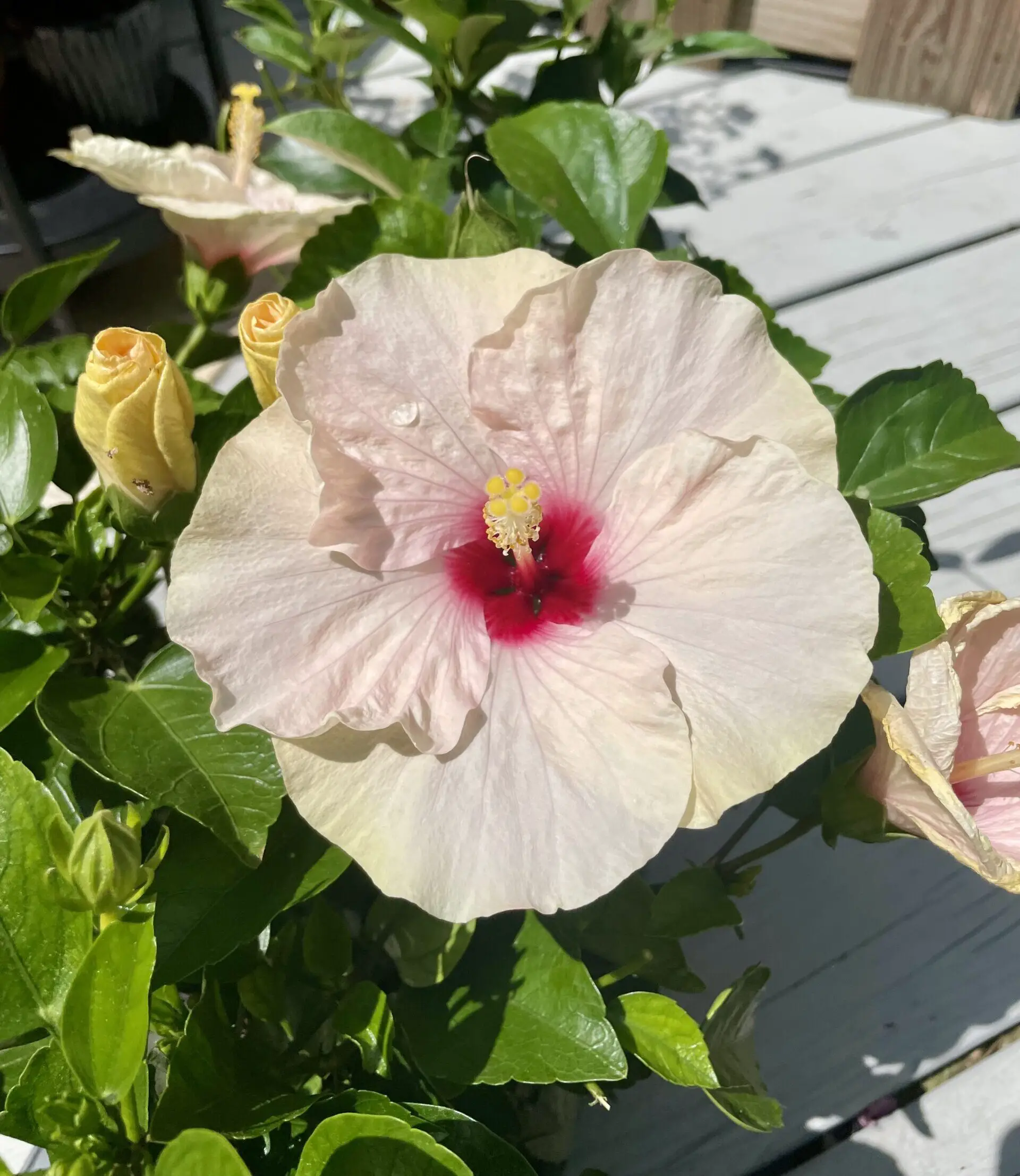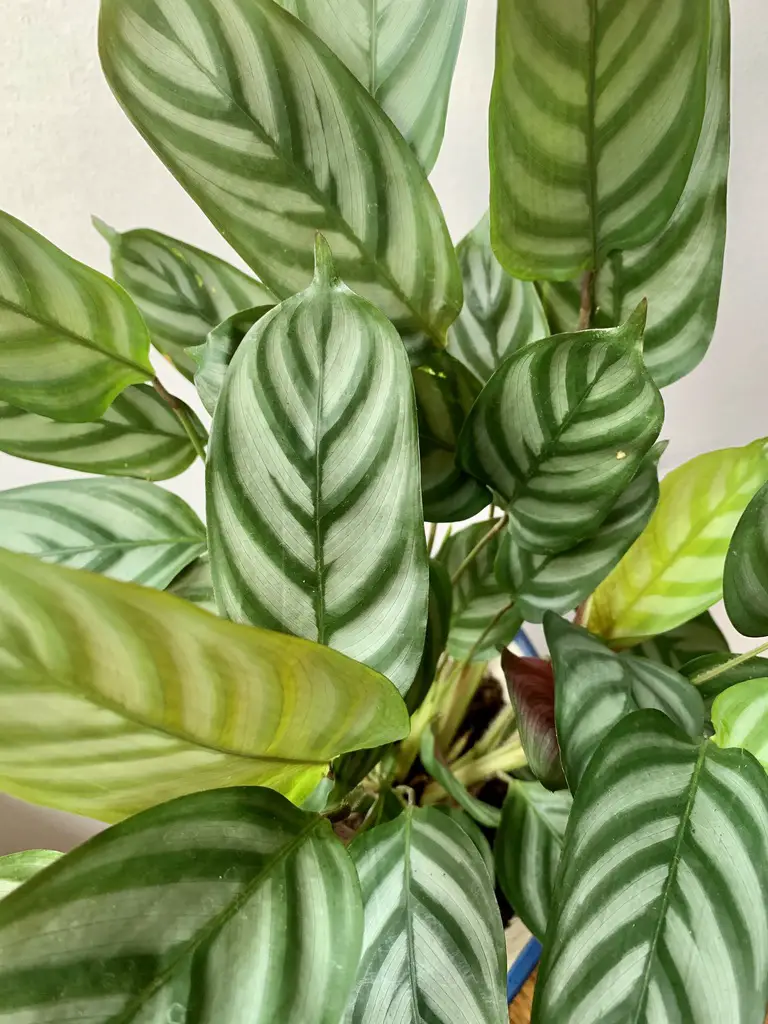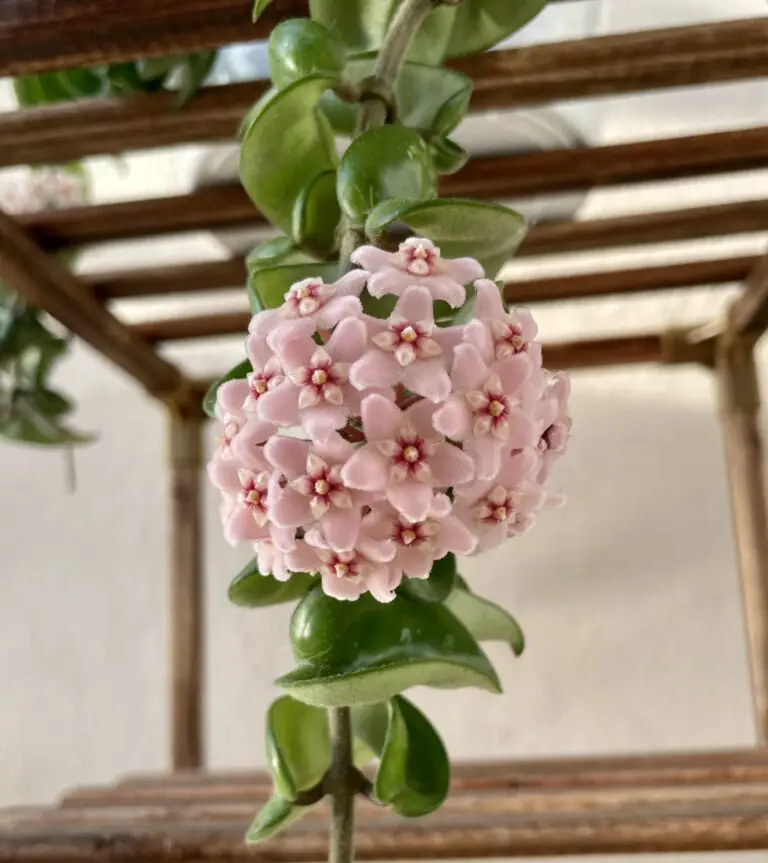The vibrant and iconic hibiscus plant, known for its dazzling blooms and lush foliage, is a fantastic addition to any garden. For those who lack a spacious garden or live in regions with colder climates, cultivating hibiscus in pots is an excellent alternative.
In this comprehensive guide, we’ll explore the essential steps and tips on how to care for hibiscus in pots, ensuring your potted plant thrives and graces your space with its breathtaking flowers.
About Hibiscus
Botanical Name: Hibiscus rosa-sinensis
Common Name: Hibiscus, Rose of Sharon, Rose Mallow
Family: Malvaceae
Origin: Tropical Asia
Choosing the Right Pot and Soil
Before delving into the care routine, it’s crucial to start with the basics.
Select a well-draining pot with sufficient drainage holes to prevent waterlogging, as hibiscus prefers slightly acidic to neutral soil. Use a high-quality potting mix enriched with organic matter to provide the necessary nutrients for healthy growth.
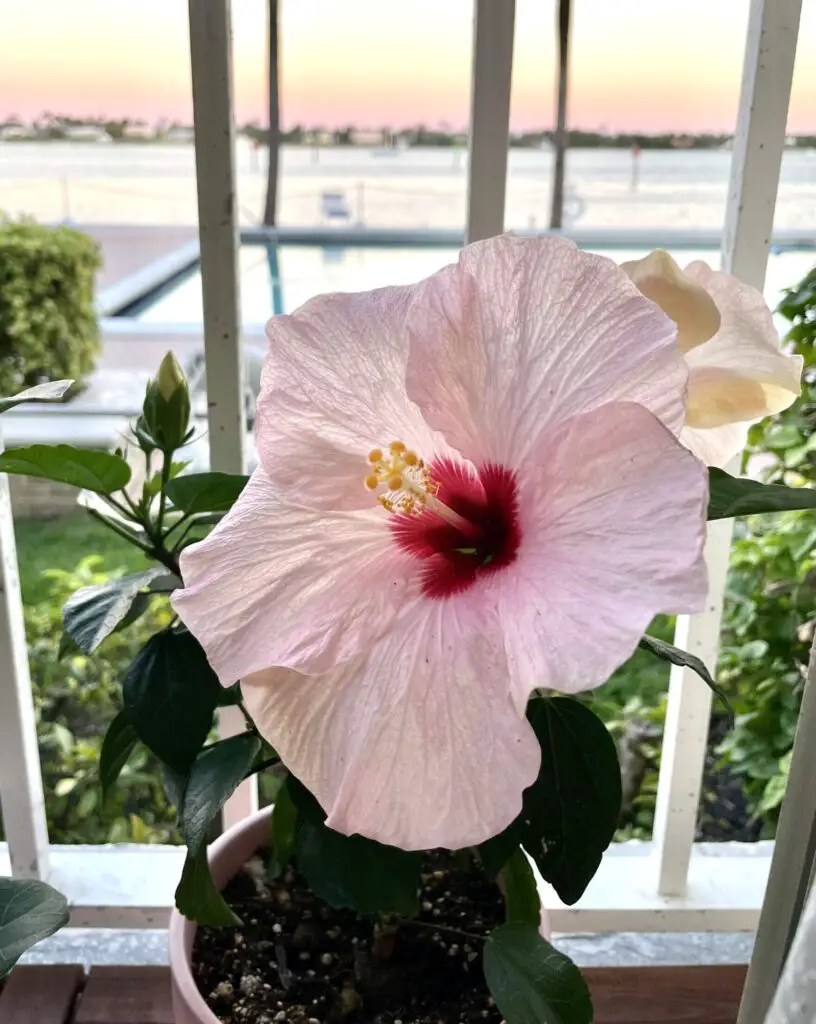
Sunlight Requirements
Hibiscus plants are sun-loving, and providing them with ample sunlight is key to encouraging robust flowering.
Place your potted hibiscus in a location that receives at least 6 hours of direct sunlight daily.
If you’re cultivating hibiscus indoors, choose a bright spot near a south or west-facing window to mimic their natural habitat.
Temperature & Humidity
Keep your potted hibiscus in an environment with temperatures ranging between 60°F to 75°F (15°C to 24°C). These plants prefer mild climates and can be sensitive to sudden temperature drops, especially if they approach freezing.
Hibiscus plants adapt well to average indoor humidity levels.
However, if you’re cultivating your hibiscus in a particularly dry environment, such as in a heated home during winter, additional measures may be needed.
Watering Routine
Maintaining the right moisture balance is crucial for hibiscus care. Water your potted hibiscus regularly, keeping the soil consistently moist but not waterlogged.
During the growing season, typically spring and summer, increase the frequency of watering. In contrast, reduce watering in the fall and winter when the plant enters a period of dormancy.
Always water at the base of the plant to avoid wetting the leaves, which can lead to fungal diseases.
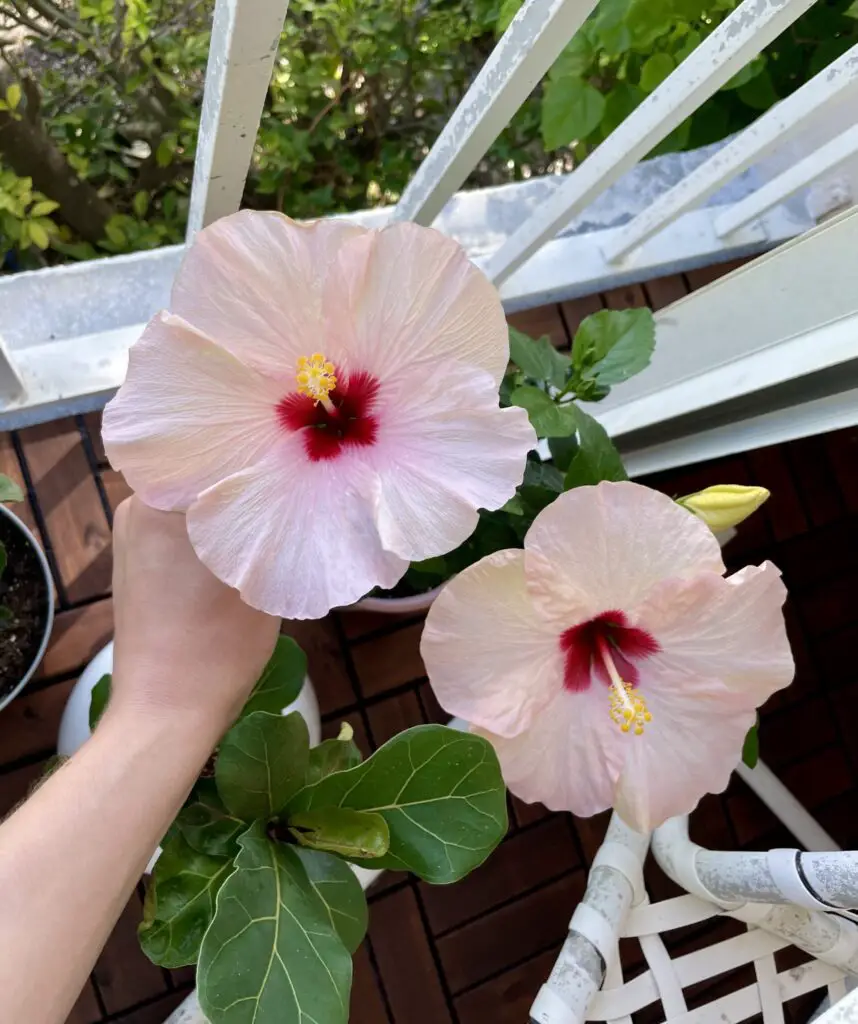
Fertilizing Hibiscus Plants
To ensure a continuous display of vibrant blooms, hibiscus plants benefit from regular feeding.
Use a balanced, water-soluble fertilizer with a higher phosphorus content to promote flowering.
Begin fertilizing in the spring and continue every 4-6 weeks throughout the growing season.
During the fall and winter, reduce or cease fertilization, allowing the plant to rest.
Pruning and Deadheading
Pruning is an essential aspect of hibiscus care, contributing to a more compact and bushy growth habit.
Remove any dead or yellowing leaves regularly to encourage new growth.
Additionally, deadhead spent flowers by pinching or cutting them off to stimulate the production of new buds.
Pruning should be more intensive in the early spring before the growing season begins.
Protecting Hibiscus from Pests and Diseases
Keep a vigilant eye out for common pests such as aphids, whiteflies, and spider mites, which can affect hibiscus plants.
If detected, treat the infestation promptly with insecticidal soap or neem oil.
Ensure good air circulation around the plant and avoid overcrowding to minimize the risk of fungal diseases.
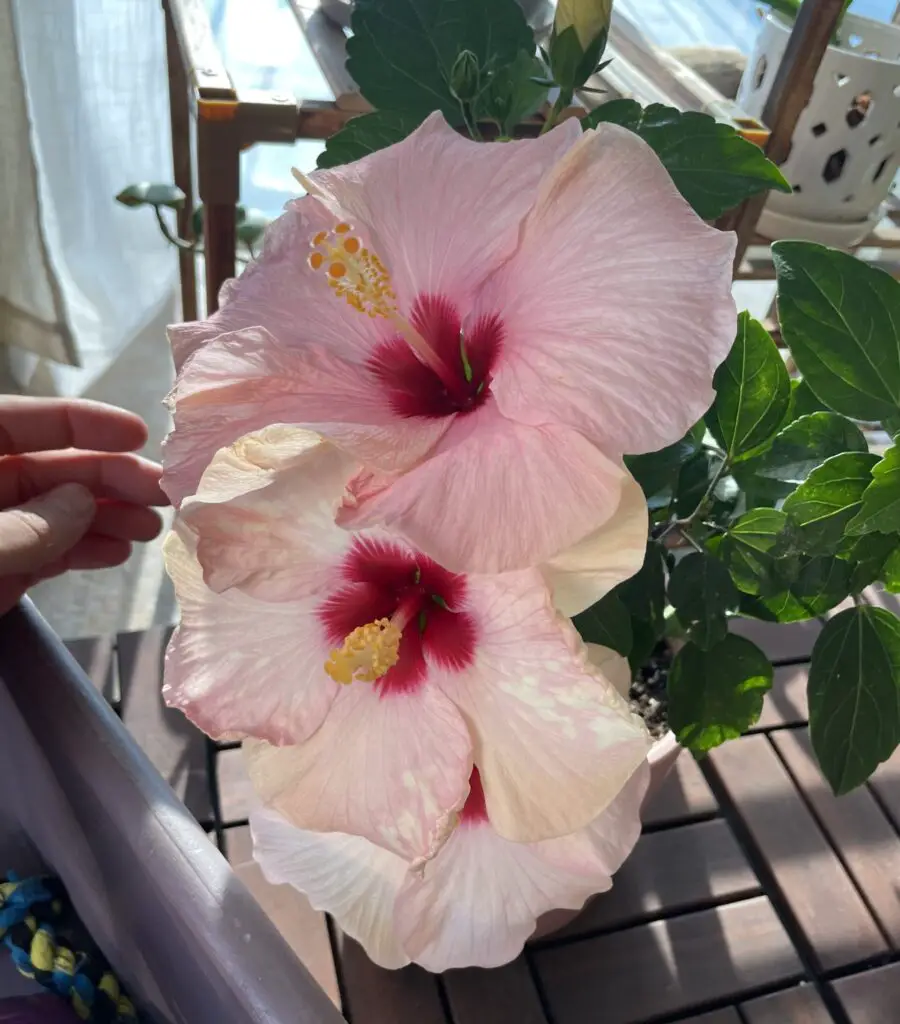
Winter Care for Potted Hibiscus
In regions with colder climates, hibiscus plants in pots may need protection during the winter months. Consider bringing the pots indoors or placing them in a sheltered location.
If you opt to keep them indoors, provide sufficient light, and reduce watering as the plant goes through a dormant phase.
Conclusion
Caring for a potted hibiscus plant can be a rewarding experience, offering a burst of tropical beauty in any space.
By understanding the specific needs of hibiscus in pots, from choosing the right container to providing proper sunlight, water, and nutrients, you can ensure your hibiscus thrives and graces you with its stunning, vibrant blooms.
Follow this comprehensive guide, and you’ll be on your way to cultivating a flourishing potted hibiscus that brings joy and color to your home or garden. Happy hibiscus gardening!
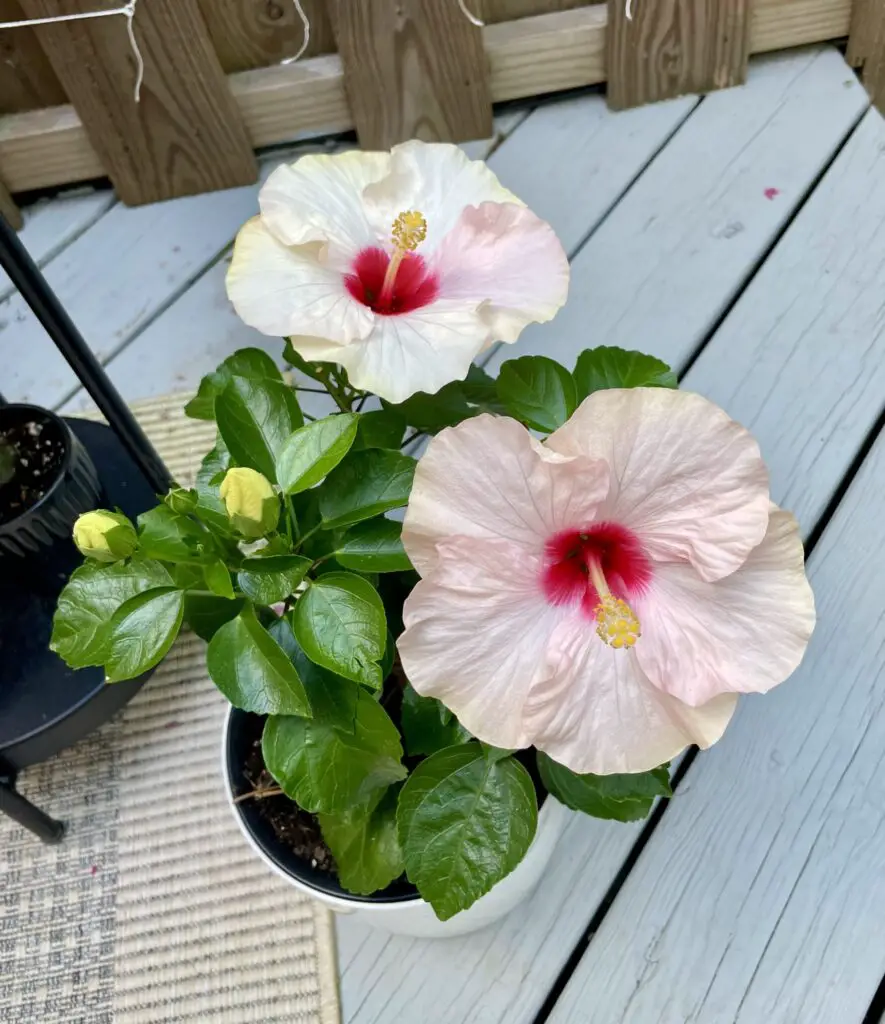
Propagating Your Hibiscus
Selecting the Right Stem:
Begin by choosing a healthy, non-flowering stem from your mature hibiscus plant.
Opt for a stem that is about 6 inches long and shows no signs of disease or damage. The ideal cutting should have a green appearance and be free of any yellowing or browning.
Taking the Cutting:
Use sharp, sterile pruning shears to take a clean cutting from the chosen stem. Cut at a 45-degree angle just below a leaf node.
Remove any leaves from the lower half of the cutting to reduce water loss and encourage root development.
Prepping the Cutting:
Allow the cutting to dry and form a callus for a day or two. This step is crucial as it helps prevent rotting when the cutting is planted.
Ensure you remember the orientation of the cutting.
Choosing the Right Pot and Soil:
Prepare a small pot with well-draining potting mix. Insert the hibiscus cutting into the soil, burying it about 2 inches deep. Water the cutting lightly, and place the pot in a warm, bright location with indirect sunlight.
Providing Optimal Conditions:
Maintain a warm and humid environment around the cutting to encourage root development. You can cover the pot with a plastic bag or place it in a plastic propagator to create a greenhouse effect.
Ensure the soil stays consistently moist but not waterlogged.
Root Development:
After a few weeks, check for signs of root development. Gently tug on the cutting, and if you feel resistance, roots have likely formed.
At this point, you can transplant the young hibiscus into a larger pot or choose to keep it in its current container.
Transplanting or Potting Up:
If you decide to transplant, choose a larger pot with well-draining soil.
Carefully remove the rooted cutting from its original pot, taking care not to damage the delicate roots. Plant it in the new pot and continue with regular hibiscus care.
Caring for the New Plant:
Treat the newly propagated hibiscus with the same care routine as the mature plant.
Ensure it receives adequate sunlight, water, and fertilizer.
Keep an eye out for any signs of stress or pest infestations, especially during the initial weeks of transplanting.
By following these steps, you can successfully propagate your potted hibiscus and share the joy of this vibrant plant with others. Whether you’re expanding your hibiscus collection or giving a gift to a fellow gardening enthusiast, the process of propagation is a rewarding way to continue the legacy of your beloved hibiscus. Happy propagating!
